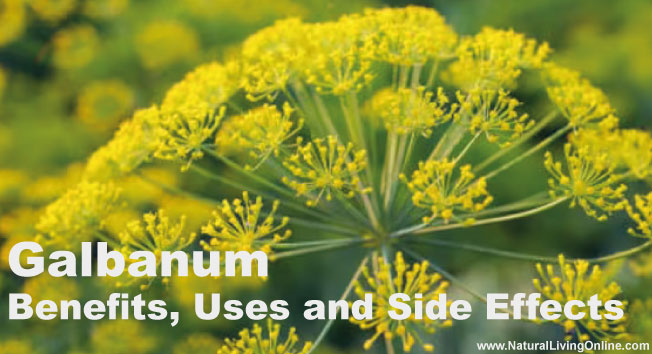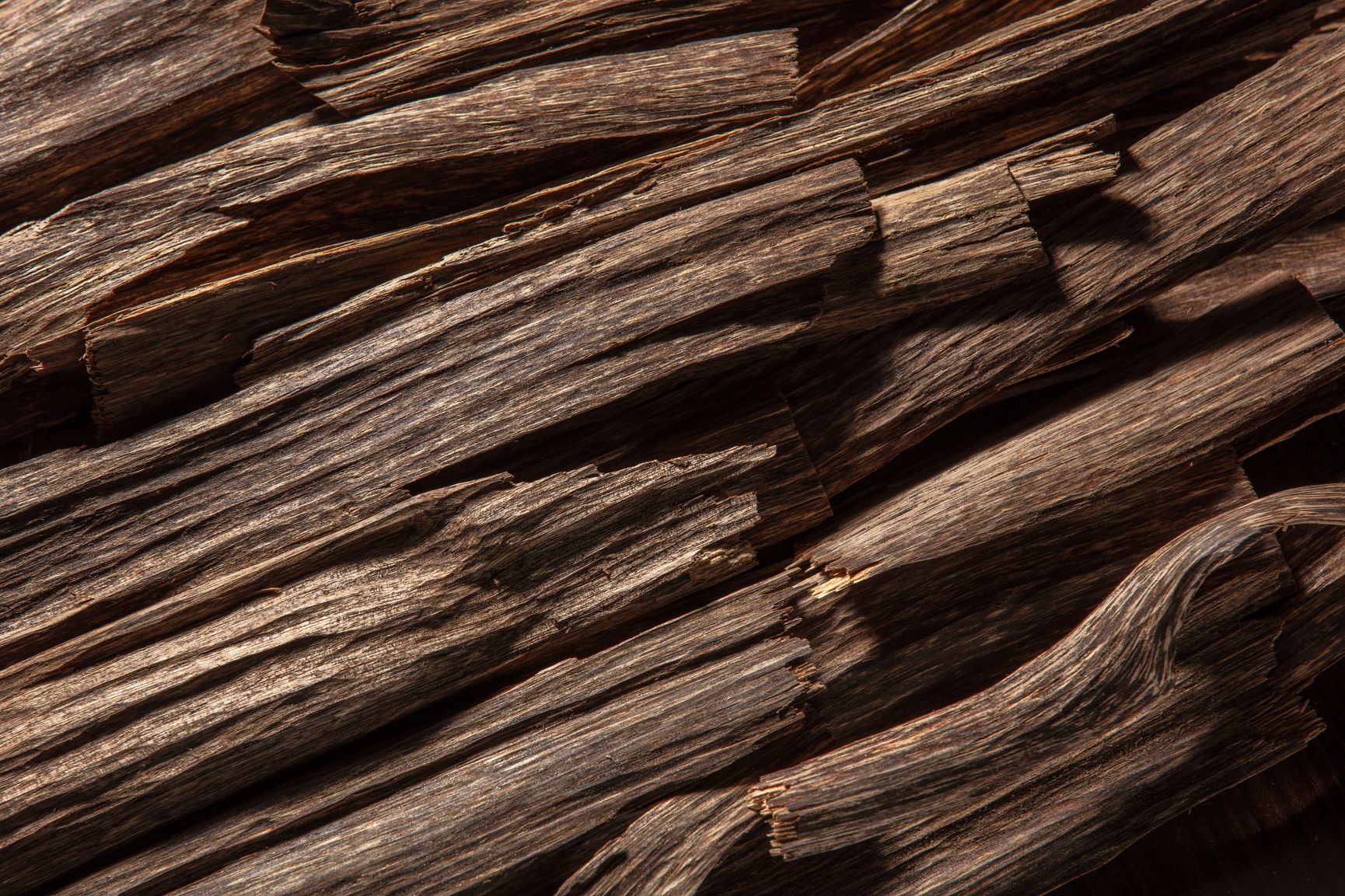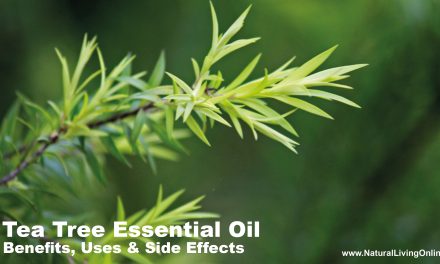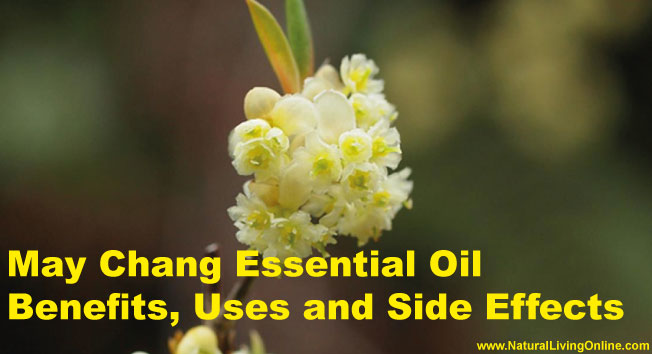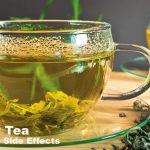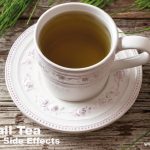Galbanum is a plant that is native to Iran and Turkey. The oil from this plant has been used for centuries in traditional medicine for a variety of purposes. Today, galbanum essential oil is gaining popularity for its potential health benefits, which include reducing inflammation, boosting immunity, and promoting wound healing. Additionally, galbanum oil is said to be helpful for treating digestive issues, respiratory problems, and skin conditions.
What is Galbanum?
Galbanum (Ferula gummosa) is a perennial herb that belongs to the Apiaceae family, which also includes carrots, celery, and fennel. This plant is native to Iran and Turkey and has been used medicinally for centuries. The galbanum plant can grow up to 6 feet (2 meters) tall and has large, green leaves. The plant’s small, yellow flowers bloom in the springtime, and its fruits are brownish-black seeds.
The galbanum plant is harvested for its resin, which is extracted from the plant’s stem, leaves, and fruits. The resin is then steam-distilled to produce galbanum essential oil. This oil has a strong, earthy scent and is yellow or green in color.
How Galbanum Essential Oil is made?
There are two main types of galbanum essential oil:
1. Gum galbanum – This type of galbanum oil is extracted from the plant’s resin. It has a strong, earthy scent and is yellow or green in color.
2. CO2 extract – This type of galbanum oil is extracted from the plant’s leaves and fruits. It has a softer scent and is pale yellow in color.
What is the botanical name of Galbanum?
The botanical name of galbanum is Ferula gummosa.
The chemical constituents of Galbanum essential oil (Galbanum Essential Oil Monograph):
– Pinene: 2.0 – 7.0%
– Cymene: 5.0 – 12.0%
– B-carotene: 0.1 – 0.5%
– a-thujene: 1.0 – 3.0%
– Sabinene: 0.5 – 2.0%
– a-pinene: 1.0 – 3.0%
– 3-carene: 0.5 – 2.0%
– d-limonene: 0.5 – 2.0%
– B-pinene: 0.5 – 2.0%
– Cadinene: 0.5 – 2.0%
– 4-terpinene: 1.0 – 5.0%
– a-terpinene: 0.5 – 2.0%
– Terpinolene: 0.1 – 1.0%
– a-terpineol: 0.1 – 1.0%
– Linalool: 0.1 – 1.0%
– Geraniol: 0.1 – 1.0%
– Farnesol: 0.1 – 1.0%
– Zingiberene: 0.1 – 1.0%
– a-zingiberene: 0.1 – 1.0%
– Bisabolene: 0.1 – 1.0%
– trans-ocimene: 0.1 – 1.0%
– a-farnesene: 0.1 – 1.0%
– cis-ocimene: 0.1 – 1.0%
– Pulegone: 0.1 – 1.0%
– Myrcene: 0.1 – 1.0%
– Cymol: 0.1 – 1.0%
– Elemol: 0.1 – 1.0%
What are the benefits of Galbanum Essential Oil?
Galbanum essential oil is said to offer a variety of health benefits. These benefits are largely due to the oil’s natural compounds, which include terpenes, sesquiterpenes, and a-pinene.
Reduces Inflammation
Galbanum essential oil is anti-inflammatory and can help to reduce swelling, redness, and pain. This oil is especially beneficial for treating inflammatory conditions like arthritis and gout.
Boosts Immunity
This oil’s immune-boosting properties make it a valuable tool for preventing and treating colds, flu, and other infections. Galbanum oil can also help to speed up the healing process of wounds and other injuries.
Promotes Wound Healing
The anti-inflammatory and antimicrobial properties of galbanum essential oil make it an effective treatment for wounds. This oil can help to reduce swelling and speed up the healing process.
Treats Digestive Issues
Galbanum essential oil can help to relieve digestive issues like indigestion, heartburn, and stomach cramps. This oil is thought to stimulate the digestive system and promote regular bowel movements.
Relieves Respiratory Problems
Galbanum essential oil is effective for treating respiratory problems like bronchitis, coughs, and congestion. This oil can help to loosen mucus and make it easier to breathe.
Moisturizes Skin
Galbanum essential oil is a natural moisturizer that can help to keep the skin hydrated and healthy. This oil can also help to treat skin conditions like eczema and psoriasis.
What are the side effects of Galbanum essential oil?
Galbanum essential oil is generally safe for most people when used properly. However, this oil can cause skin irritation in some people. It is important to always dilute galbanum essential oil with a carrier oil before applying it to the skin.
It is also important to avoid using this oil if you are pregnant or breastfeeding. If you have any health conditions, it is best to speak with your doctor before using galbanum essential oil.
Possible drug interactions:
Galbanum essential oil may interact with certain medications. These interactions can increase the risk of side effects or make the medications less effective.
Some medications that may interact with galbanum essential oil include:
– Blood thinners
– Diabetes medications
– Immune suppressants
– Pain medications
– Sedatives
As always, speak with your doctor before using galbanum essential oil to ensure that it is safe for you.
What are ways to use Galbanum Essential Oil?
Galbanum essential oil can be used in a variety of ways. The most common way to use this oil is by diffusing it into the air. This can help to relieve respiratory problems and boost the immune system.
Galbanum essential oil can also be applied topically. This oil should be diluted with a carrier oil before being applied to the skin. When used topically, galbanum essential oil can help to relieve pain, reduce inflammation, and promote wound healing.
Galbanum essential oil can also be added to bathwater or used in a massage. This can help to relax the body and relieve stress.
Galbanum essential oil should not be used by:
– Pregnant or breastfeeding women
– People with medical conditions
– Children under the age of 12
If you are new to using essential oils, it is always best to speak with a healthcare professional before using them.
How can I use Galbanum Essential Oil internally?
Galbanum essential oil is not recommended for internal use. This oil can be toxic if taken internally and can cause serious side effects. If you are interested in using this oil internally, speak with a healthcare professional first.
How can I use Galbanum Essential Oil topically?
Galbanum essential oil can be applied topically to the skin. This oil should always be diluted with a carrier oil before being applied. Galbanum essential oil can be used to treat a variety of skin conditions, including eczema and psoriasis.
To use galbanum essential oil topically, mix 2-3 drops of the oil with a carrier oil like coconut oil or jojoba oil. Apply this mixture to the affected area and massage it into the skin. Repeat this process 2-3 times per day until the condition improves.
How Galbanum Essential Oil helps in aromatherapy?
Galbanum essential oil has a strong, earthy scent that is beneficial for aromatherapy. This oil can help to relieve stress and promote relaxation. Galbanum essential oil can also help to relieve respiratory problems and boost the immune system.
To use galbanum essential oil for aromatherapy, add 2-3 drops of the oil to a diffuser. You can also add a few drops of the oil to a bowl of hot water and inhale the steam.
When diffusing this oil, it is important to keep the windows open to allow fresh air to circulate.
Great Essential Oil diffuser blends for aromatherapy with Galbanum Essential Oil:
– Lavender and Galbanum: This combination is great for relaxation and stress relief.
– Tea Tree and Galbanum: This blend can help to boost the immune system.
– Eucalyptus and Galbanum: This combination is great for respiratory problems.
– Peppermint and Galbanum: This blend can help to improve focus and concentration.
– Lemon and Galbanum: This combination can help to uplift your mood and increase energy levels.
– Rosemary and Galbanum: This blend can help to improve memory and cognitive function.
– Geranium and Galbanum: This combination can help to balance hormones and ease PMS symptoms.
How can I use Galbanum Essential Oil in bath?
Galbanum essential oil can be added to bathwater. This can help to relax the body and relieve stress. To use this oil in a bath, add 2-3 drops of the oil to a tub of warm water. Soak in the tub for 20-30 minutes.
Historical use of Galbanum as a herbal medicine:
Galbanum oil was used in ancient Egyptian and Chinese medicine for its healing properties. Today, this oil is gaining popularity for its potential health benefits.
What blends well with Galbanum Essential Oil?
Galbanum essential oil blends well with the following essential oils:
– Lavender
– Tea tree
– Eucalyptus
– Peppermint
– Lemon
– Rosemary
– Geranium
What does not blend well with Galbanum Essential Oil?
Galbanum essential oil does not blend well with citrus oils and mint oils.
What does Galbanum Essential Oil smell like?
Galbanum essential oil has a strong, earthy scent.
Can I make Galbanum Essential Oil at home with infusion method?
Galbanum essential oil can be made at home with the infusion method. This process can take several weeks, so it is best to plan ahead.
To make galbanum essential oil at home, you will need:
– 1 cup of dried galbanum leaves
– 1 cup of carrier oil
– A dark glass jar
– A strainer
– A cheesecloth
Instructions:
1. Place the galbanum leaves in the glass jar.
2. Pour the carrier oil over the leaves until they are completely covered.
3. Seal the jar tightly and place it in a sunny spot.
4. Allow the infusion to sit for 4-6 weeks, shaking the jar occasionally.
5. After 4-6 weeks, strain the oil through a cheesecloth into another dark glass jar.
6. Discard the leaves and store the oil in a cool, dark place.
7. Use within 6 months.
What is the shelf life of Galbanum Essential Oil?
Galbanum essential oil has a shelf life of 6 months.
Is Galbanum Essential Oil safe for kids?
Galbanum essential oil is not recommended for use on children.
Can Galbanum Essential Oil be used on pets?
Galbanum essential oil is not recommended for use on pets.
DIY recipes using Galbanum Essential Oil:
DIY Relaxing Bath Bomb Recipe
Ingredients:
– 1 cup baking soda
– 1/2 cup citric acid
– 1/2 cup cornstarch
– 1/2 cup epsom salt
– 1 tablespoon galbanum essential oil
Instructions:
1. In a large bowl, mix together the baking soda, citric acid, cornstarch and epsom salt.
2. Stir in the galbanum essential oil until well blended.
3. Pack the mixture into a mold or silicone ice cube tray.
4. Allow the bombs to dry for 24 hours.
5. To use, drop one bomb into a tub of warm water and enjoy!
DIY Stress Relief Body Butter Recipe
Ingredients:
– 1/2 cup coconut oil, melted
– 1/4 cup shea butter, melted
– 1 tablespoon jojoba oil
– 2 drops lavender essential oil
– 1 drop galbanum essential oil
Instructions:
1. In a small bowl, mix together the coconut oil, shea butter and jojoba oil.
2. Stir in the lavender and galbanum essential oils until well blended.
3. Pour the mixture into a small jar or container.
4. Place the jar in the refrigerator for 30 minutes, or until the butter has solidified.
5. To use, massage a small amount of butter onto your skin.
DIY Mood Boosting Diffuser Blend Recipe
Ingredients:
– 3 drops lavender essential oil
– 2 drops geranium essential oil
– 1 drop galbanum essential oil
Instructions:
1. Add the lavender, geranium and galbanum essential oils to your diffuser.
2. Diffuse for 30 minutes.
3. Enjoy the relaxing and uplifting scent!
DIY Breathe Easy Rollerball Blend Recipe
Ingredients:
– 10 drops eucalyptus essential oil
– 8 drops peppermint essential oil
– 6 drops rosemary essential oil
– 4 drops galbanum essential oil
Instructions:
1. Add the eucalyptus, peppermint, rosemary and galbanum essential oils to a 10ml roller bottle.
2. Fill the remainder of the bottle with carrier oil of your choice.
3. Screw on the lid and shake well to blend.
4. To use, roll onto your chest and breathe deeply.
Galbanum essential oil is a powerful and versatile oil that can offer a variety of health benefits. This oil is most commonly used to reduce inflammation, boost immunity, and promote wound healing. Galbanum essential oil is safe for most people when used properly, but it can cause skin irritation in some people. If you are pregnant or breastfeeding, it is best to avoid using this oil.
This website does not provide medical advice.
All information provided on this website, and on associated social media networks, including but not limited to texts, images, and numbers are for general information purpose only. It is not intended as medical advice and it does not include all possible precautions, side effects, or interactions that may occur. Neither NaturalLivingOnline.com nor its author/founder take responsibility for how you use this information. Statements contained on NaturalLivingOnline.com have not been evaluated by the FDA. You should conduct thorough research via multiple sources and consult your physician or qualified doctor before using any essential oil or herbal remedy. Information on NaturalLivingOnline.com must not be relied upon for medical, legal, financial or other decisions.

